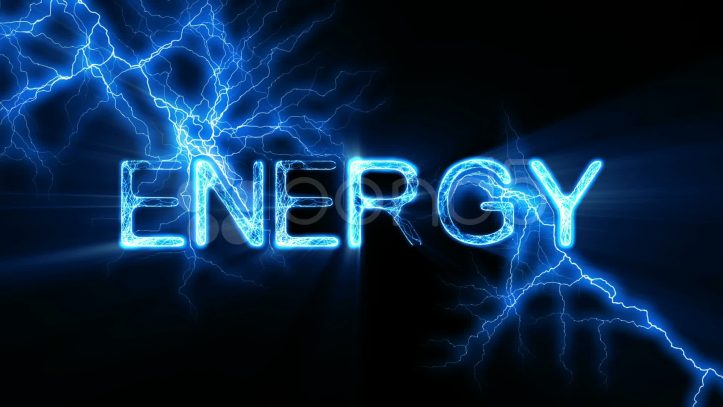Energy is energy that can be transformed from one form to another. It is something we produce and use regularly, but hardly anyone realizes it. What is Energy?
Energy can exist in bulk, as a solid, liquid, gas, or vapor, in motion. For instance, heat can be conducted through atoms and molecules as thermal energy. Electronic energy can be produced by electric charges moving together. Moving bodies with no external energy source to use some of these forms of electromagnetic energy.

Kinetic energy is the product of momentum and force. In simple terms, the kinetic energy is the product of time and velocity. Moving bodies have both kinetic energy and potential energy. The former is the product of time and distance, while the latter is the product of time and velocity.
If you think about it, there are different forms of energy. There is a kinetic energy which is used in reaction to an outside force such as wind or falling rain. There is also Potential energy which is used by the body’s cells for the regeneration of damage.
Nuclear energy is a renewable energy source. It was used as a main source of energy until the bombs were dropped on cities. Now nuclear power plants are all over the world, producing clean and safe energy.
Biofuels, biomass, wind power, and solar power are renewable energy sources. Biomass is used to make ethanol and biodiesel, which can be used for cars and turbines. Biogas can be used to burn wood and other stoves.
The molecules that make up an atom are considered “atoms” because they have no chemical bonds. The valence electrons of these atoms are left free and occupy space. When energy is consumed, these free electrons are absorbed by other atoms and create energy. Some of the different forms of energy come from chemical reactions:
The different forms of energy are known as primary, secondary, and tertiary forms. Kinetic energy, in particular, is composed of waves, particles, sound, light, and heat. Potential energy is composed of particles of the same shape and size but of different potential energy; the particles would change shape when kinetic energy is imparted to them.
The different forms of energy are also called potentials, particles, or waves. They can be in a state of conservation of energy or in a state of potential violation. Potential means that the potential energy is not changing. In some cases, there is a difference between kinetic and potential energy.
There are four different forms of energy, they are kinetic, potential, kinetic energy, and potential energy. Kinetic energy, or the movement of an object, is always in the direction of its motion. Potential energy is a sort of zero-point field; it’s energy is changed into kinetic energy when a source is near, and it is changed back to potential energy when the source is far away.
Each form of energy has its own characteristics and properties. Energy can be defined as any change that occurs when one system combines with another. This can take the shape of a wave, a particle, or any other sort of wave. Each different form of energy has a different type of wave. There are six different types of waves, each having their own characteristics and properties.
When you hear the energy, it is sound energy. When you see an atom, molecule, or cell absorb energy, the atom, or molecule absorbs the energy in the form of a measurable amount of heat. The molecules expand in all directions, creating heat. When the molecules expand, they create hot air, and when the air is hot, it is made into steam.
What is Energy? Nuclear energy is used in nuclear weapons to produce high temperatures and to split water. It is also used to heat energy for electricity. The motion of atoms and molecules is thought to create heat, which heats up the water. The heat is stored in the turbine, which is then converted into electric energy, which is used in our homes.